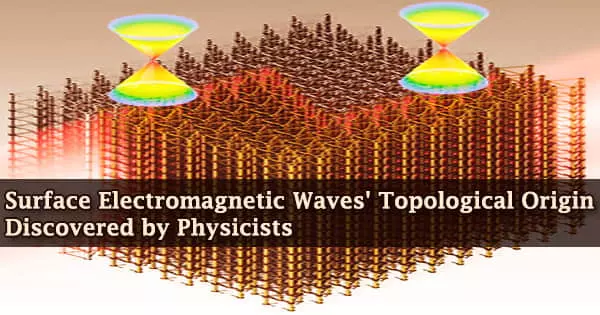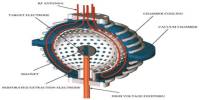One of the most important advances in physics was Maxwell’s electromagnetic theory, which was developed 150 years ago. It brought together electricity and magnetism, gave a complete description of electromagnetic waves, including light, and foreshadowed relativity and field theories in the twentieth century.
The significance of surfaces has been recognized since the beginning of optical science. Surfaces have played a key role in science from the beginnings, when simple reflection due to a surface and refraction due to an interface between glass and air were at the forefront of knowledge, to the 19th century, when more complex phenomena such as birefringence began to be investigated, to the present decade, when negative refraction is a hot topic.
More recently, scientists discovered that electromagnetic radiation can not only propagate in free space but can also create surface waves at interfaces between different substances, such as metals and air or glass, more than 60 years ago.
As a result, plasmonics and metamaterials emerged, where surface electromagnetic waves underpin a variety of phenomena and applications. Topological quantum systems, which are particularly resistant against minor perturbations and continuous deformations, are another area of current physics where surface waves play a key role.
The Nobel Prize in Physics was awarded in 2016 for the discovery of nontrivial topological phases in condensed matter quantum systems and the existence of topological surface modes at interfaces between topologically distinct materials.
Scientists from the RIKEN Cluster for Pioneering Research in Japan have now demonstrated that the well-known surface electromagnetic waves at interfaces between homogeneous isotropic media, which are obtained using classical Maxwell’s electromagnetism, also have a purely topological origin, similar to quantum topological states, in a paper published in Nature Communications.
This new technique explains why surface electromagnetic waves emerge at interfaces where one of the medium properties (dielectric permittivity or magnetic permeability) changes sign.
There is a crucial difference between the topological description of surface Maxwell waves and that of previously known topological surface modes. So far, topological properties and classification of various wave systems have relied on mathematical properties of the Hamiltonian (i.e., energy) operator characterizing the system. In contrast, the topological properties of Maxwell’s waves are described by the so-called helicity operator, which characterizes the chirality or handedness of circularly-polarized electromagnetic waves.
Konstantin Bliokh
Furthermore, in topological formalism, the number of surface modes is dictated by the number of bulk-medium parameters changing signs at the interface, which is referred to as “bulk-boundary correspondence.”
Konstantin Bliokh says: “There is a crucial difference between the topological description of surface Maxwell waves and that of previously known topological surface modes. So far, topological properties and classification of various wave systems have relied on mathematical properties of the Hamiltonian (i.e., energy) operator characterizing the system. In contrast, the topological properties of Maxwell’s waves are described by the so-called helicity operator, which characterizes the chirality or handedness of circularly-polarized electromagnetic waves.”
“Thus, our theory also extends the range of applicability of the topological approach to other wave systems. It shows that the topological classification can be associated not only with the Hamiltonian but also with other operators corresponding to conserved physical quantities.”
Franco Nori continues: “Our work provides a new twist and insights for several areas of wave physics: Maxwell electromagnetism, topological quantum states, and plasmonics/metamaterials.”
















